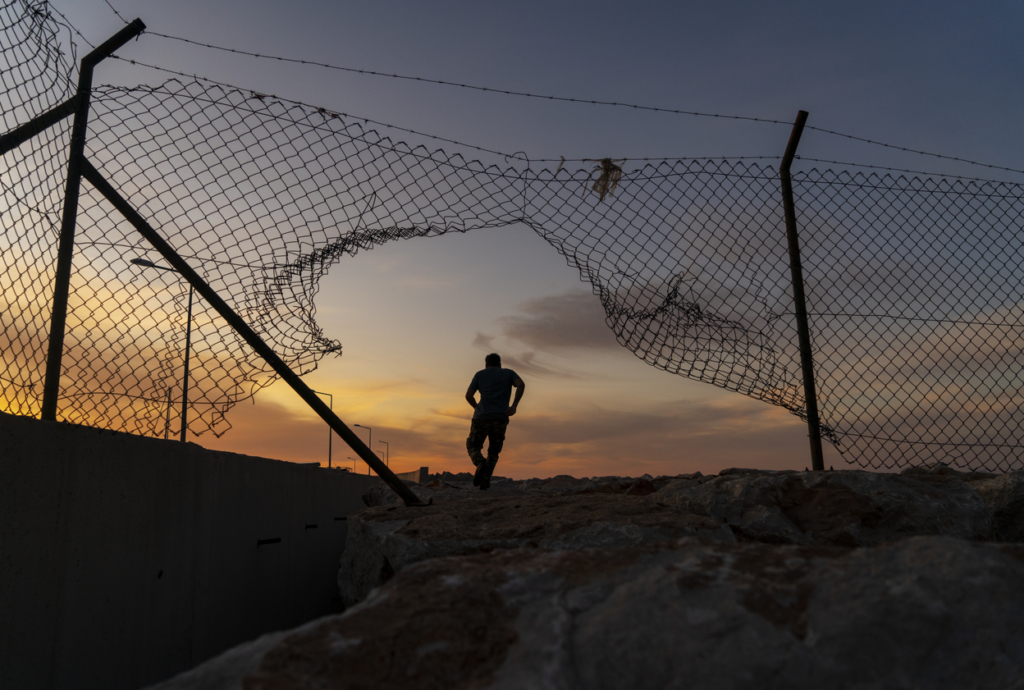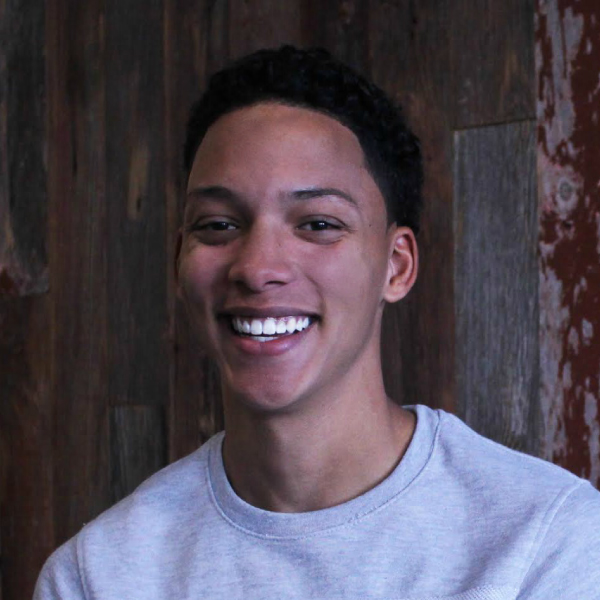George Floyd’s death and many others before him have shined a light on the horrendous beliefs Americans have against people of color. Although the headlines always focus on police brutality, this issue of racism, prejudice, and oppression is, sadly, ubiquitous within every sphere of life.
Jemar Lee, Fellow, Education Reimagined
Over the past few weeks, I have struggled finding the right words to articulate the raw emotions I and so many others, especially people of color, have been feeling since George Floyd’s murder and the nationwide protests that have followed. This struggle comes from the silencing I and my fellow people of color experience every day when wanting to speak against the emotional and physical abuse that is exerted against us.
At times, when I speak up about racist, unjust, and oppressive acts, it somehow turns back on me as if I am the issue. I’m told racism is no longer a problem or that it only exists within certain subcultures within the United States (but definitely not in their culture). What they are saying is that’s just how some people are, but I can’t be at fault for that.
I’m both black and white, which gives me the unique opportunity to learn about and understand both cultures and their varying viewpoints on race-related topics. I have used that opportunity to help fill the chasm of misunderstandings between the two races (with friends, family, and peers) in recent years, but the work is not easy.
In general, society labels me as Black. Yet, because of my lighter skin tone, I’m often categorized based on what best fits the context I find myself in. With my POC peers, I’m sometimes told I “act white.” With my White peers, I’m sometimes asked, “Do you think you only have the opportunities you do because you are black and it looks good for them?” In both circles, I’m “the whitest black person” my peers have ever met and I’m “not like the rest.” In reality, I simply do my best to show up as my most authentic self in every situation.
While every one of those statements hurt and are inappropriate, they allude to a much bigger issue: White supremacy culture has become an accepted norm across all races. Historically and currently, that norm is destroying the human race right in front of our eyes.
George Floyd’s death and many others before him have shined a light on the horrendous beliefs Americans have against people of color. Although the headlines always focus on police brutality, this issue of racism, prejudice, and oppression is, sadly, ubiquitous within every sphere of life. It exists within our K-12 and higher education systems, the general workforce, our health care system, the criminal justice system, and many more.
Rewards, privileges, and stations are used to support and legitimize race, creating social hierarchies that people of color must work against every day of their life. The old adage that people of color must work twice as hard as their white peers to get to the same spot in life is an unfortunate truth.
I have walked that walk. I’m currently walking that walk. With that experience, I ask people to start internalizing the lived experiences of the people of color they interact with; most have experienced many obstacles in life because of oppression that many White people are lucky to have never endured themselves.
Enduring this oppressive culture throughout my childhood, I have come to the personal conclusion our society is, first and foremost, a pigmentocracy—where our norms were intentionally developed to separate society by the color of our skin. It is the main systemwide impediment to realizing much-needed change.
If you’re ready to listen and learn, this is what I try to teach
People of color are tired of being silenced and overlooked. Change must happen, or more George Floyd’s will be murdered and larger protests will ensue. I have faith in my and future generations that we will make change happen, but I’d rather not wait that long.
I try my best to educate my fellow peers and friends on the history of our nation’s racist, unjust, and oppressive foundation. I try to open people’s eyes that yes, racism is still alive. And, I hope recent events have made most, if not all, realize this truth.
Once that truth is realized, I want people to recognize racism is both covert (systemic and sanctioned by official rules, institutions, and culture) and overt (filled with microaggressions that are often assumed to be a natural part of life). I want them to see race is a social construct, a fiction, that comes with very real consequences.
I want them to understand Marilyn Frye’s birdcage metaphor for oppression. People of color are trapped by the bars of a multi-dimensional birdcage because in our society, oppression exists at every level—systemic, systematic, cultural, and institutional. It shows up in our education, politics, economics, criminal justice system, and more.
Let’s apply these lessons within our work to transform education
Five years ago, as I wondered how I could make an impact on creating systemic change in society, I became acquainted with Education Reimagined. They opened my eyes to the possibility that a future could exist where our education system could transform and help fulfill my vision to make the world a better place.
Through this work, it became more and more clear to me that transforming education is imperative for building an equitable society. No, transforming education alone won’t eradicate racism, injustice, or oppression, but I have learned that through my advocacy, it is a starting point to help catalyze the large-scale, societal change we all want. Education is where I have found my advocacy voice, and I want to leave you with a handful of requests, advice, and resources that can help you find yours (or help others find theirs):
- If you are a parent or educator, teach your child or student about the history of racism, injustice, and oppression. People are not born racist. It is a taught behavior. We must intentionally teach children the crucial details of history with the white racial frame removed.
- Read Racial Identity Development to discover how you may or may not be inadvertently contributing to the oppressive culture people of color speak about so often. I would be happy if you left learning about your identity in this situation and how to move forward to be better.
- Read White Supremacy Culture to learn how white supremacy culture is alive and well in each of the institutions we interact with and how you can take action to dismantle that culture.
- Check in with your friends and family who are people of color. They are hurting and want assurance you stand by them. Being silent is a red flag to many.
Finding the words to speak about this current moment has been difficult. But, if they could be summed up in a single sentence, I would lean into the words of Dr. Martin Luther King Jr.: “Injustice anywhere is a threat to justice everywhere.”
2020 has been an unthinkable year. But, I believe most things happen for a reason and through darkness comes light, through fear comes love, and through pain comes triumph. Let’s take action and move through it all together.

